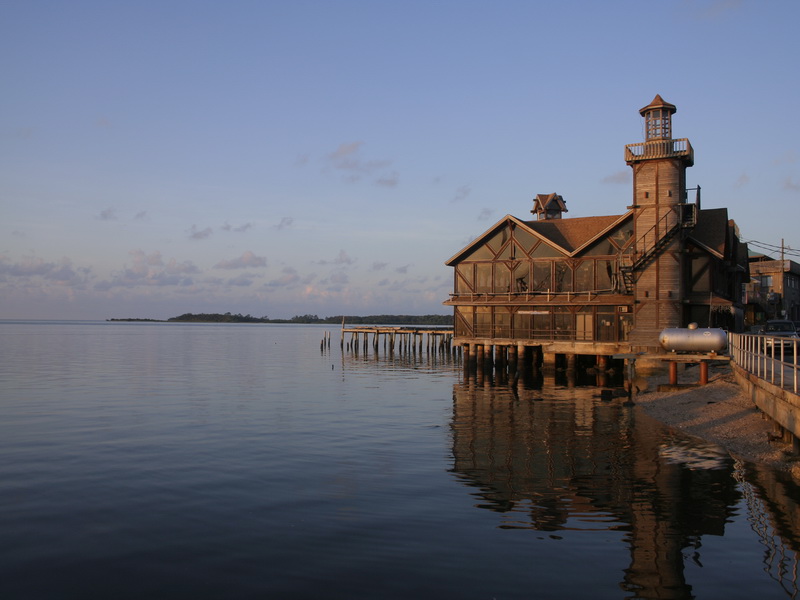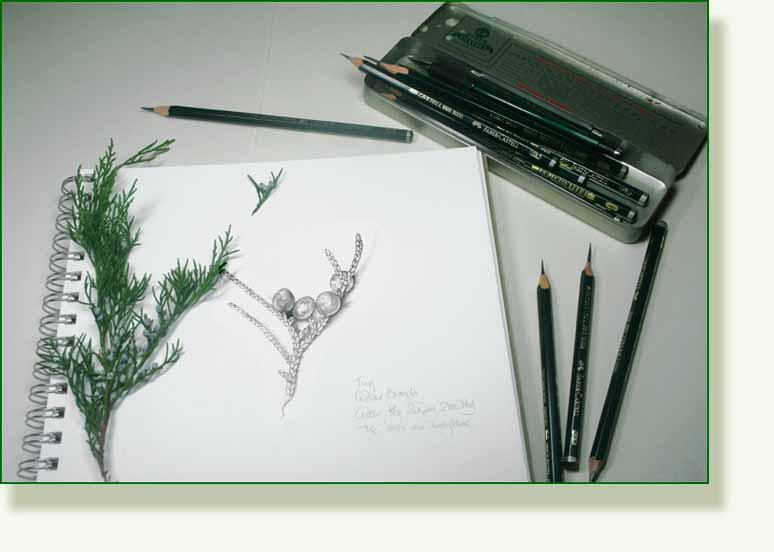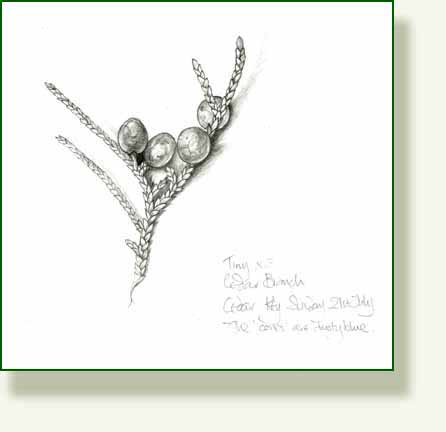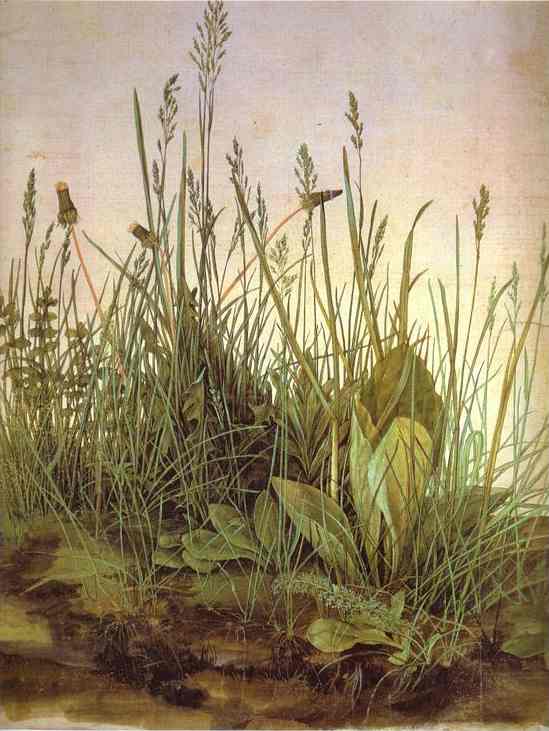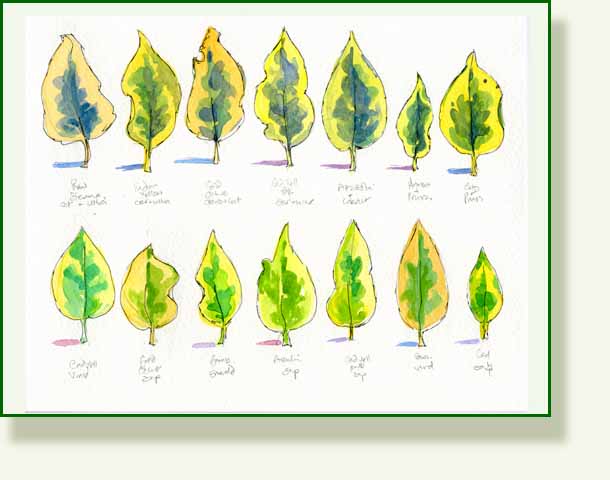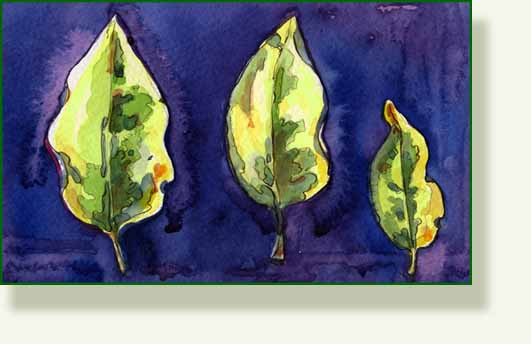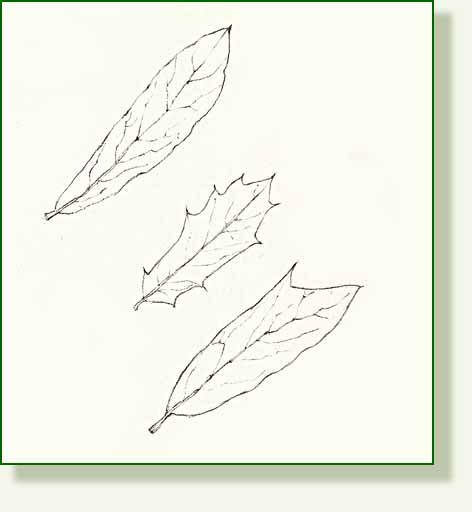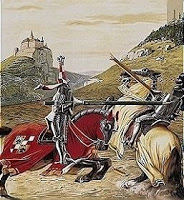Sunday evening and we have returned, sun burnt and completely exhausted from 3 days on the Gulf coast. We dodged most of the rain, encountered some enormous sponges, learnt about scalloping, ate fabulous fish, saw some very interesting plants, met some very nice people, communed with some ancient spirits and our last day at Cedar Key was just heavenly. I will be retro posting blog entries with a few relevant details but we saw and did so much it would take me a week just to write it up.
It’s funny how things come around though. At the very start of the blog I wrote about my favorite pencils, Faber Castell my lovely, elegant, sharp, racing green pencils, here and when I go away there is usually one somewhere in my bag with a small sketchbook. While in Cedar Key we took the excellent Captain Doug’s tour to see the outlying islands and some of the wonderful bird life. The boat trip took us to nearby Atsena Otie Key which was the site of the original town, called Cedar Key after the red cedar tree a type of juniper, which grew on the island. Captain Doug explained that the community was once much larger than the current 900 inhabitants, a thriving town and home in fact to one of Faber’s timber mills. I felt I should have jumped up brandishing the pencil I had in my bag but I didn’t.
In 1849, J. Eberhard Faber came to America looking for wood suitable for the booming pencil factory which his brother was running in Germany. This he found in abundance on Florida’s Gulf shores between the Suwannee and Withlacoochee Rivers so he bought both land and timber, floated logs to the Keys, and initially shipped logs over to the factory in Germany.
Planning to expand his pencil empire into America, in 1858 Faber built a slat mill on Atsena Otie and started shipping wooden slats to the newly opened Faber pencil factory in New York. The Eagle Pencil Company followed with their own mill in 1876. Helped by the newly developed first railroad which ran across from Cedar Key to the Atlantic coast the little town became an important port but on September 29, 1896 a powerful hurricane and a 10 foot tidal wave crossed the island, destroying the mills and almost all of the town. A year later the remaining inhabitants left, Atsena Otie was abandoned and a new community built up where Cedar Key is today.
On a short walk just outside the town along the disused railway line we found one of the cedars along with many other, well labeled, native plants. (Very useful for this blog.) The Seminole name for this particular red cedar (Juniperis silicicola) is atcina which gave the island Atsena Otie its name. The red cedar has beautiful aromatic wood which as well as pencils was used for making chests and wardrobes as moths dislike the smell. Juniper oil is distilled from the wood, twigs and leaves and its pretty dusty blue cones are known as berries and the European junipers cones are used to flavour gin.
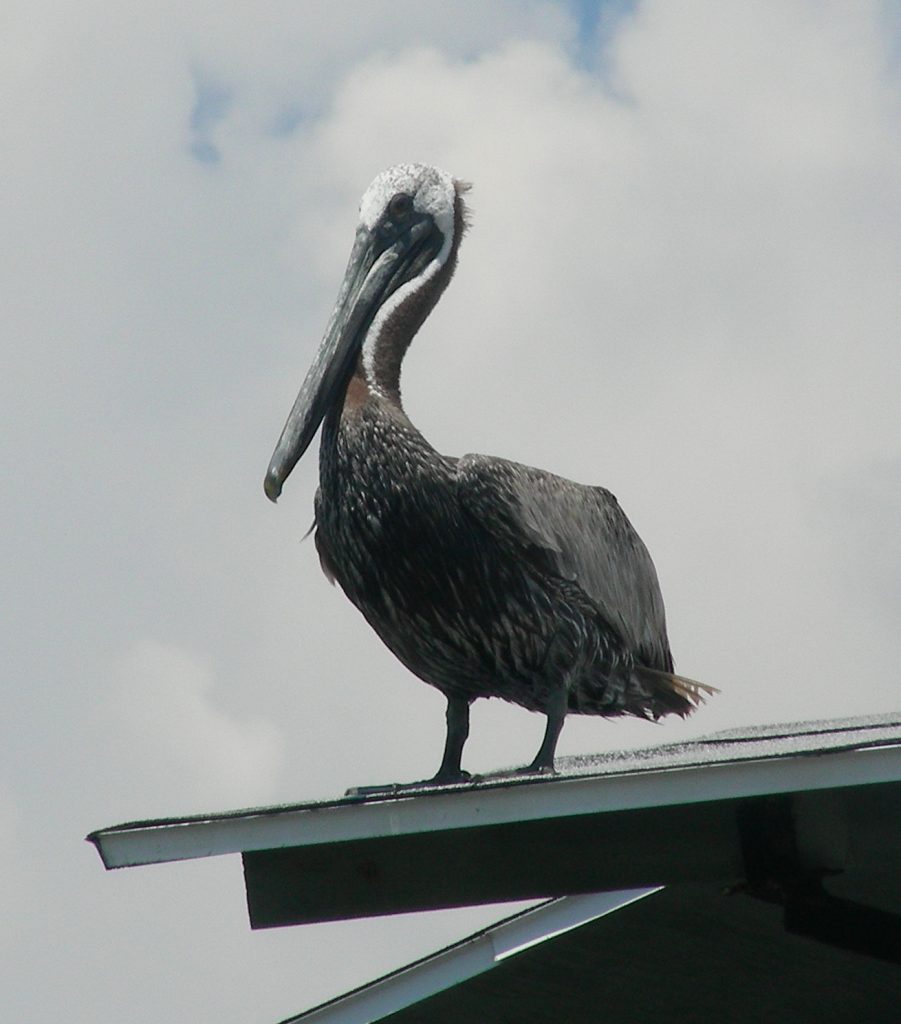
One of the constantly watchful pelicans
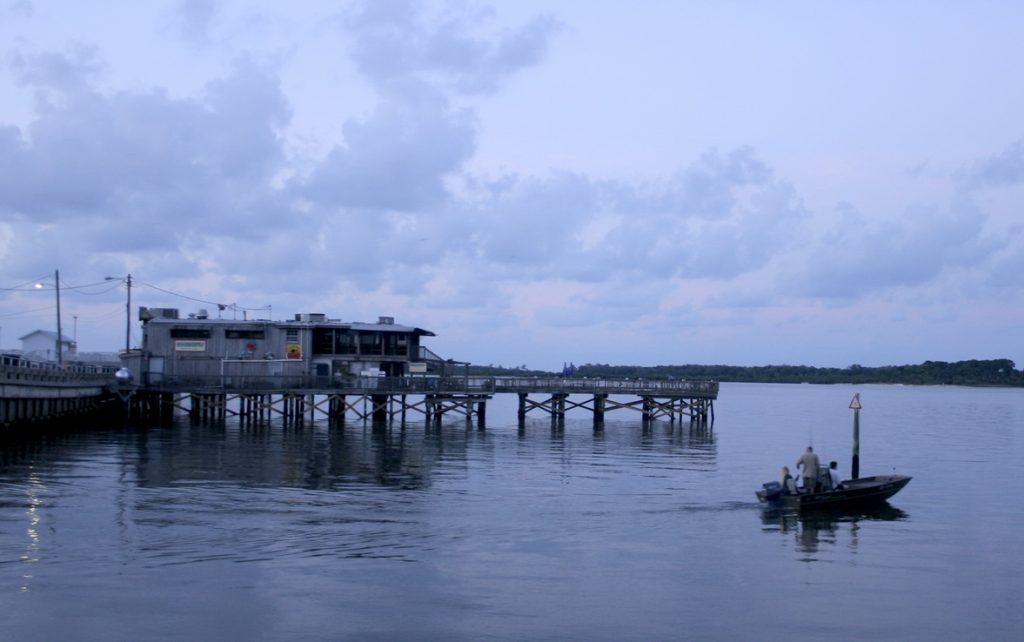
Early morning at Cedar Key from the hotel room, opposite is Coconuts Bar and the fishing deck…very handy.
Cedar Key is just so beautiful with many natural places to explore and when your feet hurt and the bites are itching what could be better than chilling out on the fishing deck at Coconuts with a cool beer listening to some zydeco and watching the pelicans, the magnificent frigate birds, the little terns wheeling overhead. We did all that and we will do it all again soon I am sure…and we saw dolphins too.
More about Cedar Key from their website here
I did a quick drawing of a tiny piece of the cedar and thought it would be appropriate to add a photo of the pencils, the drawing and the model. The sprig is tiny and the drawing is enlarged x 3.
________________________________________

